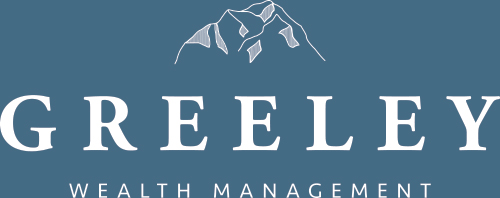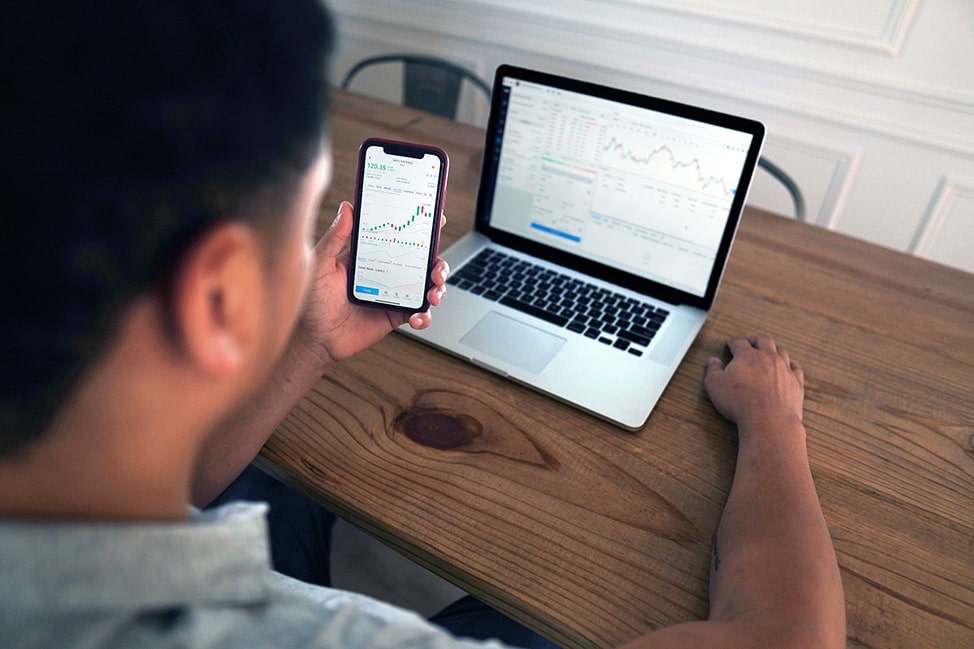When you hear the word investing, what do you picture? I’d be willing to bet most of you are thinking of a busy stock market floor, people in suits, pointing at screens and shouting at colleagues or into their phones. They’re frantically buying stocks, selling stocks – buying what’s hot and selling what’s starting to look a bit risky.
That’s not what investing should look like at all. Saving for retirement should be boring – you make a plan and put it to bed for many years. Instead of making frantic phone calls and watching stock values day and night, make a thoughtful, considered, well-informed decision and then let the market do its thing.
Put in a very simplistic way, this is the buy and hold approach to investing. And over the years, it’s accumulated a pretty remarkable performance record.
Staying in the Market: What Does that Mean?
When I first meet clients and start talking about investing, it may well be the first time they’ve ever considered it part of their financial plan. New clients are often tentative and cautious, and understandably so. We’ve all heard about people having “lost it all” during market crashes and recessions. It can all sound quite a risky business if you don’t know what you’re doing. But often, what gives you the best results can be doing very little at all – staying in the market.
There are a multitude of ways to invest. Yes, you can keep an eye out for the next big thing and always try and stay one step ahead. Yes, you could search for the next Tesla, or the next Bitcoin. But let’s put it this way: investing that way doesn’t help you sleep very well at night or help you stay invested in the market. (And careful, the Governor of the Bank of England isn’t that excited about cryptocurrencies – at all.)
Why is Buy and Hold Investing Important?
For my clients, I recommend buy and hold investing and that my clients stay the course. This means not reacting emotionally when you see a market dip and your investments lose value.
The markets break periodically – once a decade, on average. But the market’s best days are often after the most significant falls. For example, in 2020, we saw a huge and very sudden fall. But by June, the S&P Index had its strongest ever 50-day period. So if you’d sold your investments, worried about how much value they would lose, you’d have missed out on the most significant growth period ever witnessed.
While selling when stocks are falling seems like a sensible move, in the long run it’s a bad strategy for your portfolio. When you sell low, you are certain to have reduced the value of your overall investments. You’ll have fewer funds available to help aid your finances’ recovery when things start looking better. In addition, you have to find the courage to get back in the market. Hard to do when all you see is daily volatility.
Staying in the market, while it can feel like a bumpy ride, pays off. Buy and hold investing helps you weather that storm and reap the benefits. Let’s look a bit more closely at why.
The Remarkable Power of Compounding
A buy and hold strategy means you can capitalize on the benefits of compound interest – that is, of your money growing exponentially over time. Some investors use an average annual rate of return on investments of 6% to predict what they may make by investing their money and recognizing that it may be more or less than that on any given year.
However, over the last decade, the average S&P 500 return was around 13%, and in 2020 – a year that you might have thought was incredibly unsettling for investors – the market was up 15.76%. So with those three figures in mind, let’s settle on a cautious average of 10% to look at how compound interest works for your savings.
Let the Numbers Add Up
Say you have a little windfall, and you decide to save $10,000 for your future. With that average figure of 10% growth rate, after a year that pot of money will be worth $11,000. Good start. Then, after the next year, you’re going to earn 10% of that figure, so your money has grown to $12,100. (And just out of interest, if we’re using that whopping 15.76% figure, over two years your $10,000 is now worth $13,400 – it’s grown by over a third in two years.)
After five years, your $10,000 investment is worth $16,105. In just eight years, it has more than doubled and is now worth $21,436.
If you were to leave that $10,000 investment untouched for fifty years, achieving an average of 10% interest a year, that little $10,000 windfall will be worth over $1,000,000. That $10,000 is going to make you a millionaire in your retirement years.
Now, if you actively add money to that retirement account – say $5000 every year – that investment is going to be worth over $1,000,000 in just 31 years. All you’ll have invested over that time is $160,000.
Buy and Hold Investing – Does It Work?
Right, that’s enough numbers. How does this relate to staying in the market? Those numbers demonstrate if you save even a relatively insignificant sum early on in your career, it can grow to a substantial amount, even if you don’t add any more to it.
Despite the daily ups and downs of the stock market, when you take a longer time frame, the average return on investments continues to rise. So while there can be wild fluctuations daily, weekly, or even monthly, over time, that volatility just isn’t there. It’s just a steady rate of incline.
If you pull your money out of the market when it hits a downturn, you’re devalue your portfolio significantly. You just won’t have the same capital to benefit from subsequent good days. And yes, over time, that matters. Have a look at the figures here to see more numbers in action. That article was written pre-pandemic, and even then illustrates how the worst of days on the stock market are often followed by incredibly strong days.
Don’t forget that another key factor is that transactions cost money. You’re going to pay a fee every time you instruct someone to buy or sell your stocks and shares. So a buy and hold investing strategy is not only more fruitful over time, it’s going to be cheaper, too.
Another important reminder is that earnings on most of your investments will also be subject to capital gains tax. There are ways of handling this to keep your tax bill as manageable as possible, but it certainly needs to be wound into your investment strategy. More on that in a future post, for sure.
Need Some Investment Advice?
Sorting out your finances can be a daunting proposition, especially if you are an early-career physician. There are debts to pay down – even thinking about investing feels difficult knowing how much interest is accumulating on debts. On top of that, knowing how to invest wisely isn’t always that easy.
I am an Investment Advisor Representative and a financial planner, but I am also a Board Certified Anesthesiologist working in private practice, so I know the challenges you’re facing only too well.
There’s a great podcast here about investment strategies that I would recommend having a listen to. However, when you’d like to take it a step further, and you’d benefit from a chat, please get in touch. I’ll be glad to help you by sharing the knowledge and pointers you need to make your financial life a success.





